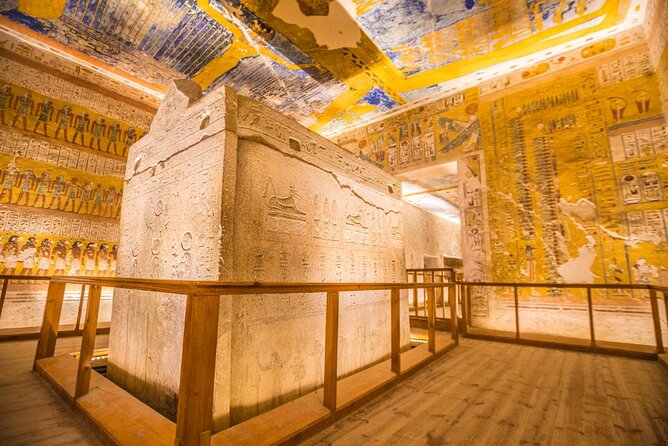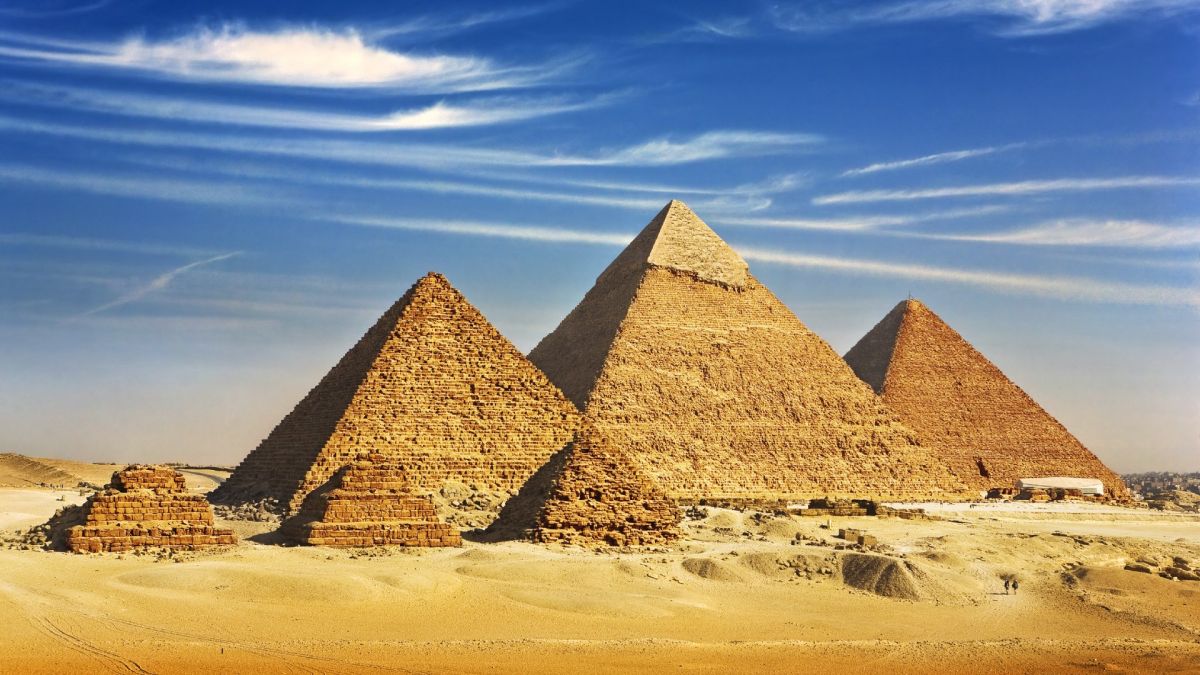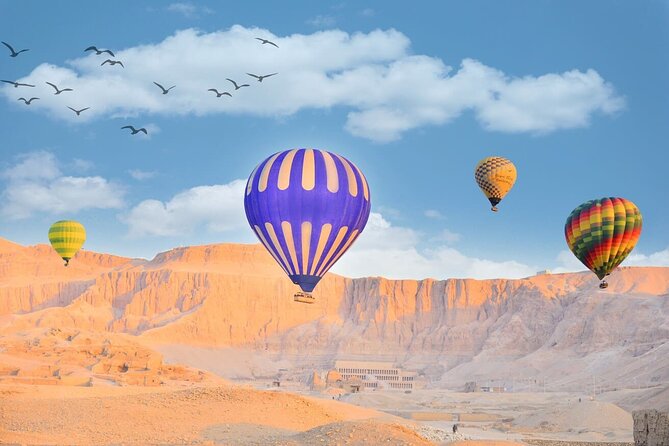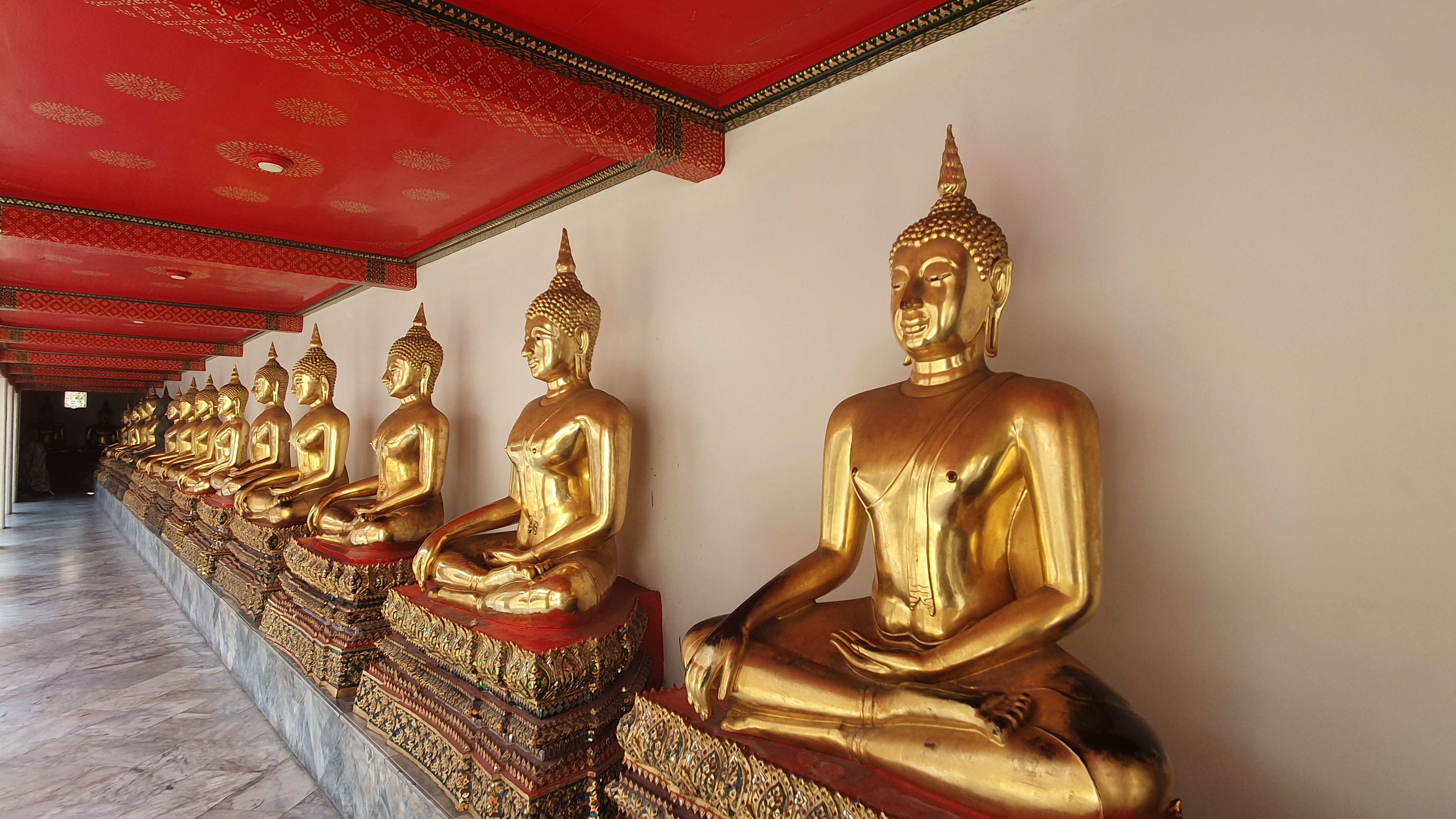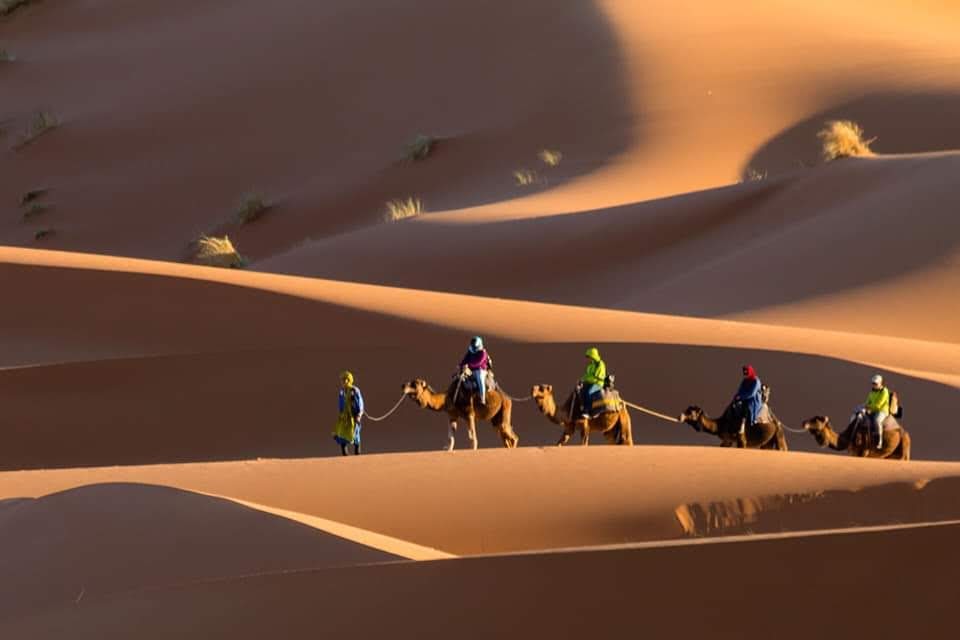The Valley of the Kings isn’t just another sightseeing stop in Egypt — it’s a portal straight into the afterlife dreams of the pharaohs. Hidden in the Theban hills on the west bank of Luxor, this sprawling necropolis was the burial ground of Egypt’s New Kingdom rulers (roughly 1550–1070 BCE). The names alone — Tutankhamun, Ramses II, Seti I — read like a who’s who of ancient history. Step inside one of the tombs, and you’re face-to-face with walls painted more than 3,000 years ago, still vivid enough to make you forget the centuries in between.
And right next door lies the often-overlooked Valley of the Queens, where royal wives, daughters, and sons were entombed — including Nefertari, whose tomb is so stunning it’s been called the Sistine Chapel of ancient Egypt.
But here’s the thing: as magical as it is, visiting the valleys can also be overwhelming. Guides are bursting with knowledge (sometimes more than your jet-lagged brain can process), and without a bit of prep, it’s easy to come away with only fragments of what you’ve seen. This guide will help you navigate both valleys — history, logistics, and insider tips included — so you can actually enjoy the experience without drowning in dates and dynasties.
A Little History to Ground You
- Why here? The pharaohs deliberately chose this location for its natural pyramid-shaped peak (al-Qurn) and its isolation — ideal for protecting royal tombs from tomb robbers.
- How many tombs? The Valley of the Kings holds over 60 tombs, ranging from simple pits to sprawling labyrinths like that of Seti I. The Valley of the Queens has around 90, though fewer are open.
- Famous finds: Howard Carter’s discovery of Tutankhamun’s intact tomb in 1922 is the most famous, but many of the others (though looted) still have jaw-dropping wall art.
- Purpose of the art: Tomb paintings weren’t decorative; they were survival manuals for the afterlife, guiding the pharaoh’s soul through obstacles and gods to eternal life.
Preparing Yourself Before You Go
Here’s where a little homework pays off. Guides are enthusiastic (sometimes encyclopedic), rattling off gods, dynasties, and funerary texts faster than most travelers can digest. If you’re not history-minded, this can feel like being dropped into a PhD seminar in 40°C desert heat.
To make it manageable:
- Skim the highlights first. Learn the key players (Tutankhamun, Ramses II, Seti I, Nefertari) and the concept of the afterlife journey. That way, you have anchors to hang all the extra info on.
- Bring a simple visual guide. A fold-out map or a quick-reference sheet helps when your guide says “this depicts Chapter 125 of the Book of the Dead” and your brain says “wait, what book?”
- Decide your focus. Are you there for art, history, or just the awe of being underground in a pharaoh’s tomb? Giving yourself permission to not absorb everything is half the battle.
- We remind our guides to tell you “stories, not dates.” They’ll have plenty of both — but narrative sticks more than numbers.
Visiting the Valley of the Kings
- Tickets & Entry – A standard ticket includes entry to three tombs of your choice. The “premium” tombs (Tutankhamun, Seti I, Ramses V & VI) cost extra.
- Which tombs to prioritize?
- Tutankhamun – Small and not as richly decorated, but powerful because of its fame. His mummy is still inside.
- Ramses V & VI – A vast chamber with jaw-dropping astronomical ceiling art.
- Seti I – The most beautifully decorated of all, though one of the priciest extra tickets.
- Ramses III – Known for vibrant battle scenes and mythological motifs.
- Practical tips –
- Arrive early to avoid crowds and heat.
- Bring water, sunscreen, and comfortable shoes (it’s dusty and uneven).
- Photography rules change often; currently, a photography ticket is usually required.
- Be mindful: some tombs are steep or narrow — not ideal if you’re claustrophobic.
Don’t Miss the Valley of the Queens
While it doesn’t have quite the fame of the Kings, the Valley of the Queens holds one of the greatest artistic treasures in Egypt: the Tomb of Nefertari, wife of Ramses II. The colors inside are shockingly vibrant — she’s depicted as a goddess herself, adorned in elaborate headdresses.
- Nefertari’s Tomb – Requires a separate, higher-priced ticket and limited entry to preserve it. If budget allows, it’s unmissable.
- Other tombs – Many are closed for preservation, but you may access those of sons of Ramses III, which are still worth a peek.
- Good to know – Fewer crowds than the Kings, making it a calmer experience.
Insider Tips for Both Valleys
- Pace yourself. Tombs are physically and mentally demanding — stooping through tunnels while trying to take in wall after wall of symbols. Three to four tombs in a row is usually the limit before fatigue sets in.
- Cooling breaks matter. Shade is scarce, so factor in time to rest (and cool drinks are available at the visitor center).
- Pair with nearby sites. The Valleys are usually combined with Hatshepsut’s Temple and the Colossi of Memnon on a West Bank day tour.
- Respect the space. These aren’t just attractions — they’re ancient burial sites. Keeping voices low helps preserve the atmosphere.
Final Thoughts
Visiting the Valley of the Kings and Queens is one of those moments where history stops feeling like history. You’re not just reading about pharaohs — you’re walking into their afterlife blueprints, surrounded by the art and beliefs they thought would carry them to eternity.
But don’t pressure yourself to absorb every god, symbol, or dynasty your guide mentions. Instead, go in with a little context, pick a handful of tombs to focus on, and let the rest wash over you. The experience is as much about atmosphere as information: the silence, the colors, the sense of standing somewhere that has outlasted entire civilizations.








